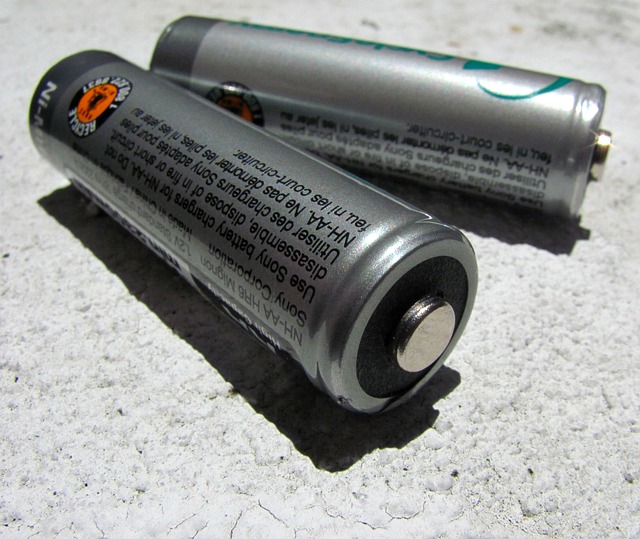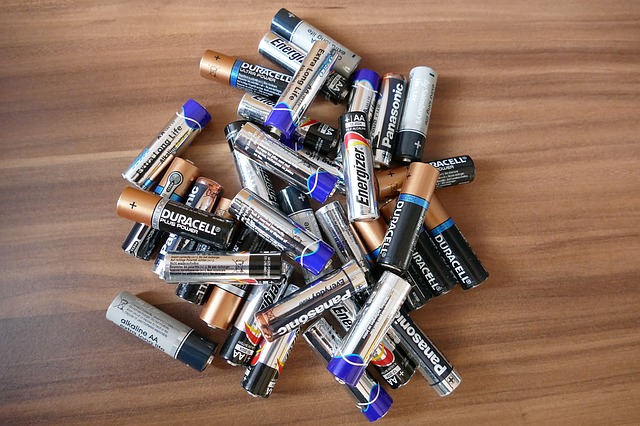Lipo Battery C Rating Understanding
Jun 03, 2019 Pageview:1393
Lipo batteries are commonly used in VANTs, as they provide good autonomy, and have a long useful life compared to others.
What is a LiPo battery?
A lithium-polymer accumulator element, also known as a LiPo battery is made up a flexible bag, an electrolyte (which is a polymer or gel, containing a lithium salt) in which two electrodes are immersed: one in graphite (negative) and another in metal also containing lithium (positive). Lithium is an alkaline metal, pure, soft and silvery white. As it is extremely reactive and oxidizes very quickly in the air, it is not found in its pure state in nature: it is made from certain minerals by electrolysis, but it is a non-renewable resource produced by a handful of countries in the world.
On a LiPo battery, the big wires (red + and black -) are intended for charging / discharging (main circulation of the current) and the small wires equipped with a white plug are intended for balancing and are generally used only for at the time of charging the battery It is also possible to mount on this white plug a discharge detector called LiPoBuzz or a voltmeter during the operation of the device used, thus ensuring the discharge of the battery.
Furthermore, a Lipo battery has the ability to convert chemical energy into electrical energy, and when charged converts electrical energy into chemical energy. Basically, these processes are performed whenever the battery is used - Charges and Discharges. The purpose of a battery is to store energy and release it at an appropriate time in a controlled manner, each battery has characteristics that differ from each other, there are smaller and lighter batteries, and also larger and heavier but they are not just weight and size which determine the differences, there are some details that should be observed carefully before purchasing your lipo battery.
What exactly is the lipo C rating?
When you have a Lipo battery, you can observe some information on its cover such as the C-rates. The C-rates are given to know the charging and discharging capacity of each battery, usually, the charge capacity of the batteries is 1C, but in some cases may be higher, and this information is obtained at the back of the batteries. The discharge capacity may vary according to each manufacturer and product specifications, for example, 1C, 20C, 30C, 40C, 100C, 120C, etc. This information also appears on the front of the battery, and you do not have to contact the manufacturer for this. Generally, if the lipo C rating information is not easy to find on a battery, it means that the product is of poor quality and therefore unreliable. In some more specific cases, it may happen that the battery has been modified, in order to improve the structure, reinforcing it or changing the wiring for a better one, as in the case of Batmap, where the Battery was reformulated so that the structure is more resistant and safe, and also hiding all the wires normally seen. This also leaves the design much more beautiful, without losing the quality of the product.
Is C rating Lipo battery reliable?
The C rating can be a useful tool to help us select a LiPo battery. Unfortunately today, many LiPos manufacturers exaggerate the C values mainly for marketing purposes. Therefore, as long as classification C continues as an indicator of sales volume, we cannot fully trust it. The best thing you can do is to know the true overall performance of a battery by looking at its third-party tests and user reviews. It’s also good to note that cheap batteries are usually of lower quality, which implies that the internal resistance will increase rapidly and the voltage drop will become increasingly pronounced, and this would negatively affect the overall lifespan of the battery.
C rating Lipo battery application
The Lipo batteries are all equipped with a C rating. Knowing the C rating and the capacity of a battery, we can theoretically calculate the maximum safe continuous discharge current of a LiPo battery and its application level.
This can be calculated thus: Maximum discharge current = C-Rating * Capacity.
For example, a 1300mAh 50C battery has an estimated maximum continuous discharge current of 65A.
Some batteries have two C-ratings: "continuous" and "burst." The Burst value is applicable only in a short period of time (e.g. 10 seconds). Although the C rating can be a useful and reliable tool, nowadays it has become mostly a marketing tool. If the C rating is too low, the battery will have difficulty delivering current to your engines. You could also damage the battery if the current draw exceeds the safety rating. When the C score is higher than the one requested, you will not get a significant improvement in performance. Instead, the battery would be heavier, and you will carry an extra weight, which reduces the overall efficiency and effective application.
The Lipo battery C rating can also be applied in the area of cost, as this rating indicates the internal resistance of the battery components. A high C value indicates that the battery will be able to deliver the energy better inside it and will be able to hold the voltage under load well. Therefore, with the same characteristics, between various 10C, 15C, 20C, 30C, 35C batteries, etc. it will be preferable to use a higher C index: a 35C is better than a 10C ... but it will cost much more because the procedures to obtain it are more expensive.
Another factor which is usually relevant to the C rating Lipo battery application is the fact that it indicates the maximum current at which the battery can be discharged without damaging it. This is the factor which is usually multiplied by the capacity to give the maximum current. Thus, safe charging and discharging can be effectively handled with adequate knowledge of the Lipo battery C rating.
- Prev Article: RV Lithium Battery System Analysis
- Next Article: Li-ion Battery Universal Charger Introduction
Leave Message
Hottest Categories
-
Hottest Industry News
-
Latest Industry News












